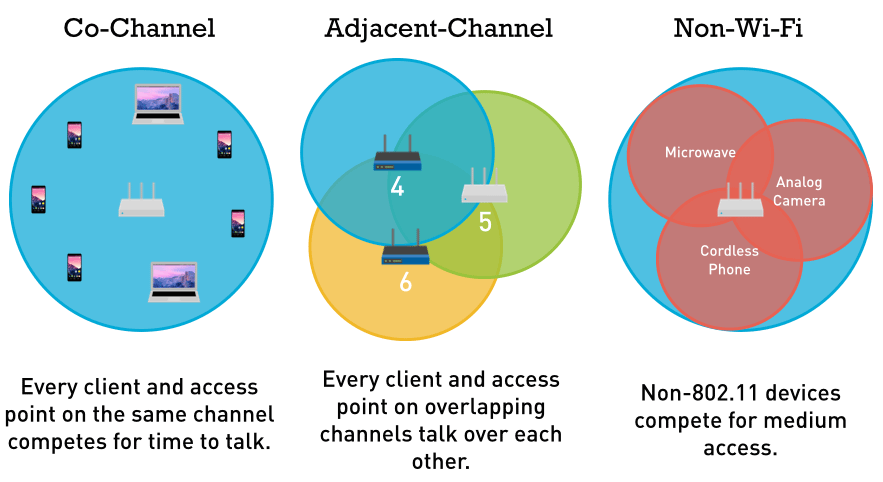

These narrow guard bands make it challenging to transmit in the low-6-GHz band without leaking into neighboring bands and force the use of advanced filtering techniques.Īnother approach used to meet these requirements is to back off from maximum transmit power in the first channel. Stations or access points (APs) operating in the low 6-GHz band must comply with the tight out-of-band (OOB) emissions requirements imposed by regulatory bodies. How the 6-GHz band spectrum compares to older 5-GHz and 2.4-GHz bands. The 6-GHz band (U-NII 5 to U-NII 8, 5.925 to 7.125 GHz) provides only a 75-MHz guard band for the highest Wi-Fi channel in the 5-GHz band (U-NII 3, 5.725-5.850 GHz), while the U-NII 4 band (5.850–5.925 GHz) reserved for dedicated short-range communications (DSRC) is only separated by a guard band of 25 MHz from the first channels in the 6-GHz band.

The Unlicensed National Information Infrastructure (U-NII) radio band refers to the part of the spectrum used by 802.11a/n/ac/ax devices. Thus manufacturing tests must cover all channels in the 6-GHz band at maximum power to detect non-linearities. At the highest channels, PAs with poor linearity will degrade the RF signal and, in turn, deliver poor signal range and coverage. It must provide consistent gain even at the high edge of the band. In the transmitter chain, the power amplifier (PA) must cover a wide bandwidth with high linearity. The 6 GHz band brings 1,200 MHz of additional spectrum to Wi-Fi (twice that of Wi-Fi 5 2.4 and 5 GHz bands combined). In particular, active RF components that make up the front end can degrade performance. Manufacturing tests of Wi-Fi 6E devices must focus on the weakest links in the RFFE to identify performance issues. However, the Wi-Fi 6E RF front end (RFFE) requires components that cover a new and wide frequency range from 5.925 to 7.125 GHz. Block diagram of a typical RF front-end for a WiFi 6 device and the typical sources of distortion encountered in each stage.Īt the baseband/modem level, Wi-Fi 6E and Wi-Fi 6 are similar – both follow the 802.11ax standard. By contrast, manufacturing testing aims to identify manufacturing defects or component tolerance issues that affect device performance the calibrations and verifications performed on the manufacturing floor are only those necessary to ensure device quality. DVT encompasses all aspects of device performance and validates a broad list of items that truly push the design to its operating limits. There’s a difference between Wi-Fi design validation testing (DVT) and manufacturing testing.


Manufacturers face the juggling act of comprehensively testing these complicated devices while minimizing test time without compromising product quality. Now that the 6 GHz region of the spectrum is available for unlicensed use, Wi-Fi 6E devices are on their way to store shelves. The 6 GHz band brings 1,200 MHz of additional spectrum to Wi-Fi which complicates the task of testing and verifying features.


 0 kommentar(er)
0 kommentar(er)
